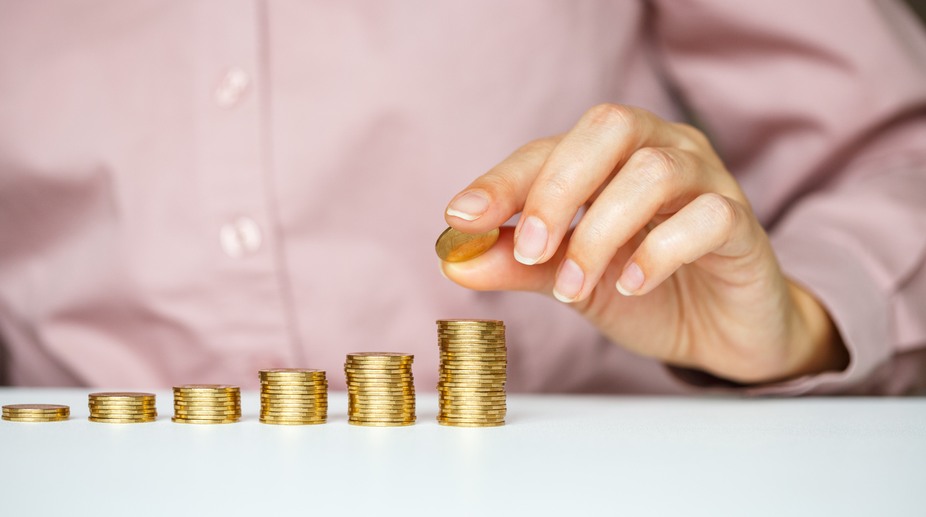India is emerging as a major driving force in global energy trends, with all modern fuels and technologies playing a part, a report brought out by the International Energy (IAE) agency has said. With the global energy scene in a state of flux, renewables are becoming ever-cheaper, electricity is gaining importance in energy use and countries are changing established roles, with India taking over as the main source of worldwide growth in energy demand, IEA’s new World Energy Outlook (WEO) Report 2017 has said. The report was relaunched here on Wednesday in association with global think tank The Energy and Resources Institute (TERI).
“The IEA attaches great importance to close ties with India and we were very pleased to welcome India into the IEA family earlier this year when it recently joined as an Association member,” Tim Gould, Head of Division, World Energy Outlook, IEA, said at the launch of the report. “With India, the IEA family now accounts for over 70 per cent of the world’s total energy consumption, compared with less than 40 per cent just two years ago.”
The report lauded India for showing remarkable growth as half a billion people have gained access to electricity in the country since 2000, almost doubling the country’s electrification rate. The pace has accelerated in recent years, with an additional 40 million people gaining access every year since 2011. The report cites that the number of people without access to electricity fell from 1.7 billion in 2000 to 1.1 billion in 2016.
It is on track to further go down to 674 million by 2030, with India reaching universal access well before that. Developing countries in Asia, led by India, have made significant progress, and the electrification rate in the region reached 89 per cent in 2016, up from 67 per cent in 2000.











